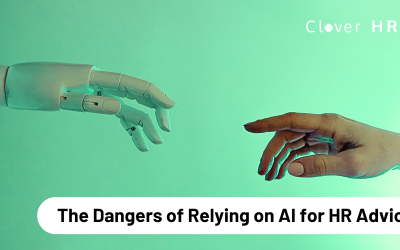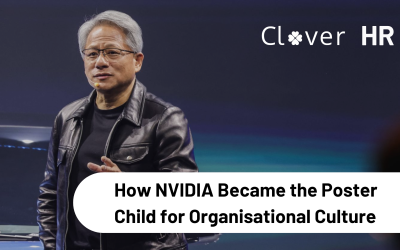What is Agile Working?
The first question here is to define what we mean by agile working and how that differs from other types of working practices, such as flexible working. Put simply agile working can be described as a Company’s responsiveness to change, with work being viewed as an activity and not a place. Agile working encompasses both workforce agility (which looks at the Company’s ability to flex the workforce to meet demand) and operational agility (which looks at the Company’s ability to adapt and respond based on process and structures in place).
In essence, agile working can be described as a set of practices which allow a Company to gain the best match between resources available and the demand for services, which in turn can increase productivity, improve talent attraction and employee retention.
These practices can be broken out into the following areas;
- Time – when are people working? For example, full or part-time, flexi-time, or shifts.
- Location -where are people working? For example, in an office at home, or across multiple sites.
- Role – what is it people do? For example, semi-skilled, multi-skilled, secondments, or job rotation.
- Source – people’s employment status? For example, permanent employees, temporary or fixed-term contract, self-employed or outsourcing.
You may also have heard of agile working using the following concepts:
Agile manufacturing which is about using technology to enhance the lean manufacturing process; which in turn provides companies with opportunities to adapt to change. For example, customisation of products rather than mass production. Here, agility is about the way of working as a whole and the process, rather than the product.
Agile is also often used as a software development approach, based on a set of principles which include; interactions on processes and tools; working software over comprehensive documentation; customer collaboration over contract negotiation; and responding to change over following a plan (Beck et al 2001).
One of the challenges with building agile workforces and working in an agile way is the legacy of rigorous cost management and close control in efficiency-led approaches (CIPD, 2011).
Creating an agile workforce
In response to ever-changing customer demands and the evolvement of employee expectations, companies need to look closely at their workforce makeup, ensuring the best match of resources and skills at the desired time, to meet demand.
The following HR practices can be used to support and develop an agile workforce;
- The workforce composition – what type of employment contracts make up your workforce? This is likely to be a mixture of permanent, fixed-term, full time and part-time employees and/or workers and contractors.
- Workforce flexibility – when and where do people work? Have people got set hours, flexible hours or zero-hour contracts? Does the work need to be conducted in one location or can it be done from home or multiple locations?
- Skills flexibility – how are people’s skills developed? In order to have an agile workforce, companies need to have the right skills available at the right time.
Some examples of companies who have embraced an agile workforce;
- Dell – a core part of the Company’s culture is about flexibility and it has developed policies to promote a flexible culture, with 18% of the workforce working remotely.
- WordPress – allow employees to work when they are most productive, with 100% of their workforce working remotely, which allows them to recruit from across the world.
If you would like further guidance or support on this matter or require advice on other people management matters please contact Clover HR on 0121 516 0299 or email us at info@cloverhr.co.uk
Copyright Clover HR


